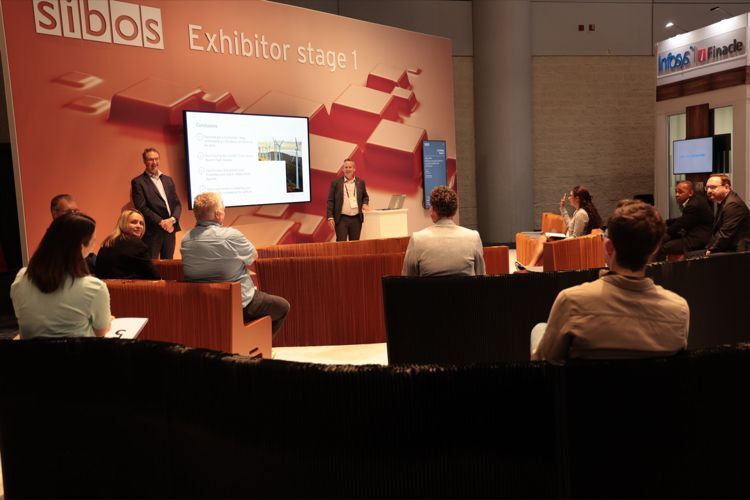SIBOS 2023 - 妙な既視感?
Or the start of a new phase?
Last week saw Sibos return to Toronto for the third time, causing some of us to have a strange sense of déjà vu. Just how many times have I gone up and down those escalators in this convention centre?! Despite the layout (it’s two buildings, on 5 floors, linked by a bridge over railway tracks) it did feel busy. Indeed, at 9,000 registrations it’s one of the largest ever Sibos, and I suspect the largest ever outside of Europe.
The exhibition floor was busy too, with some vendors making a re-appearance for the first time since the pandemic, and a handful of first timers too. And while we say this every year, it did feel people were there to do business. Sibos is always an event where you fill your “dance card” before you attend, and the level of commitment is reflected in the 35+ meetings I had - I did not have a single no show all week. I’m not sure I can say that about any other event I’ve ever attended.
Themes?
Well, here’s the other sense of déjà vu.
The ISO migration was the first topic of every conversation I had, though with varying focus. Most big banks were thinking about how they extract the value from the data, with a focus on how to utilise the data in other processes. But at the same time, smaller banks were still struggling to see how they would meet the deadline.
Second, payments modernization. We spoke to many banks how they both fix the problems they’re facing today, but avoid repeating the same mistakes going forward. Much of this focussed on as much the approach and architecture as the solutions themselves. These discussions were reflected in the LinkedLive I did for CGI and our in person presentation.

(As an aside, a big thanks to Swift to their sustainability approach to Sibos. No carpet on the floor may have meant sore feet, but no carpet thrown away after just 5 days use. The seats in the picture above were both entirely recyclable, but made entirely from recycled materials).
Third, instant payments, and the impact they are having on the architecture a bank needs to have.
To be fair, while the themes for all three were similar to before, they was a greater sense of urgency, and certainly the banks thinking and activity has progressed significantly. Rather than déjà vu then, perhaps these conversations herald the start of a new phase. Banks are typically fast followers in terms of technology adoption, and there are enough banks that starting to do different things, in different ways to perhaps indicate the next wave of banks are closer to following as well.
The final discussion point was of course next year’s location, Beijing. But irrespective of whether banks will attend, it feels like they will have come a long way on their payments journey by then!

